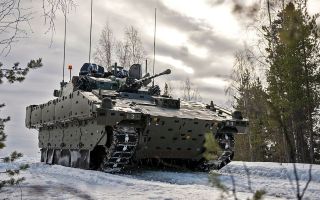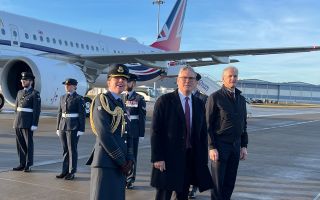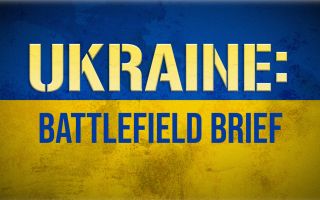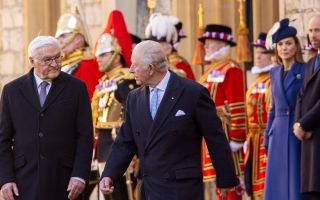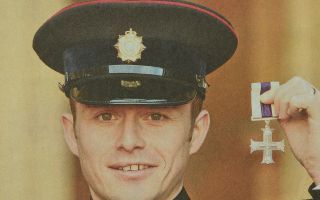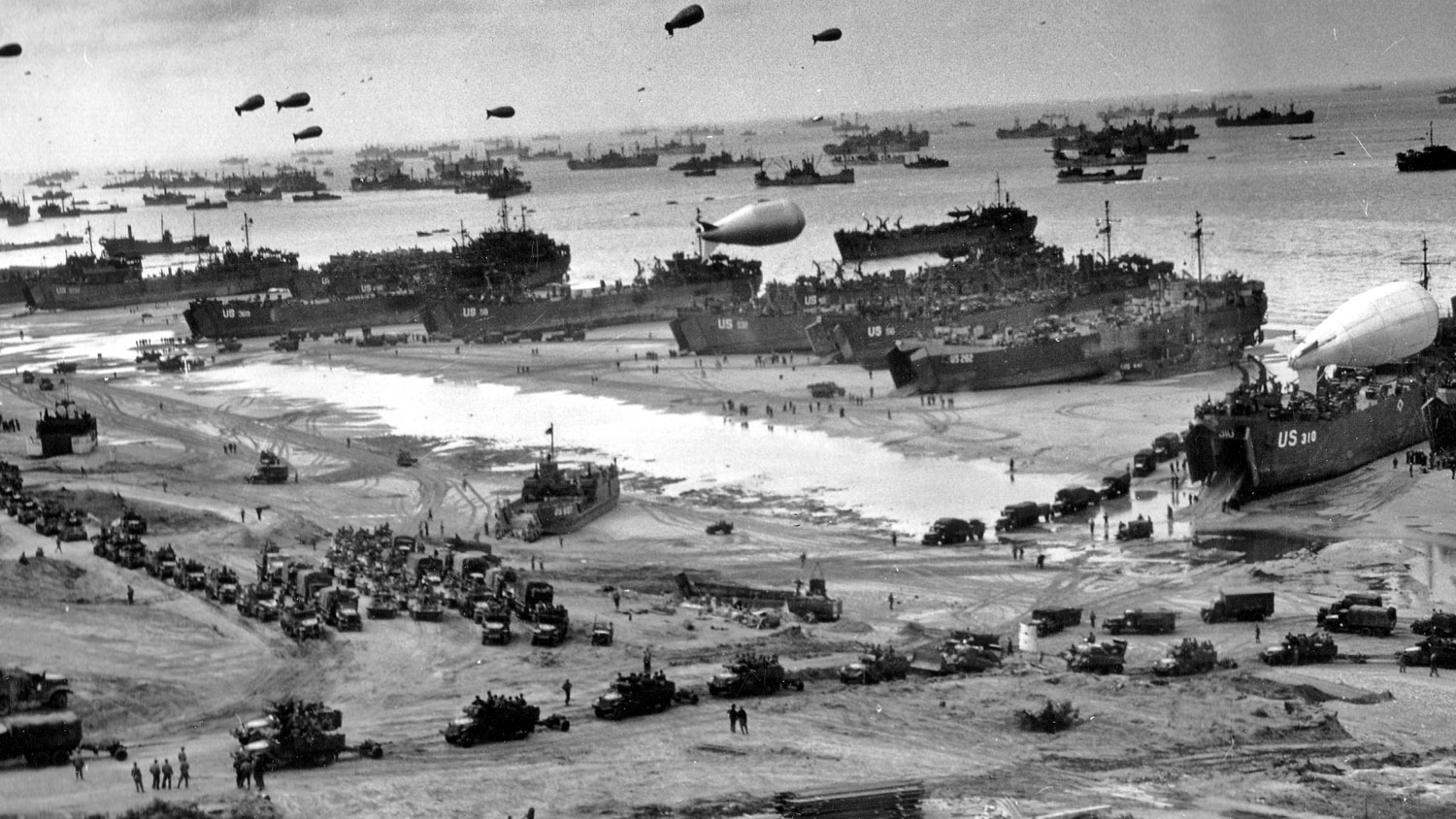
Sitrep: Could the amazing D-Day deception be repeated by our forces today?

Eighty years ago, Allied forces landed on the beaches of Normandy after tricking the Nazis into believing Pas-de-Calais would be the main landing spot.
This involved an extremely meticulous and well-planned deception plot, involving fake ships, inflatable tanks and a steady stream of misinformation.
But could D-Day be repeated? And what would it look like?
- Sitrep: Put Brits in Ukraine to train forces and turn tide in war with Russia, Heappey says
- In pictures: A round-up of images from the D-Day 80th anniversary commemorations
- I had a job to do, says 98-year-old D-Day veteran on battling through 'hell' 80 years ago
General Sir Richard Barrons, former head of Joint Forces Command, was on the latest episode of the Sitrep podcast – which analyses the top defence stories of the week and is available wherever you get your podcasts.
He said "you can't sneak up on anyone now with an Army, Navy and Air Force in the way that you might have tried to do".
He added that technology is much more advanced, which would change both deception and detection.
"If you go back to the example of D-Day and the creation of the First US Army Group, an entirely fictitious Army, a really big important part of that was how they located radio transmitters in all the sorts of places you might expect to find a division, headquarters or brigade headquarters," Gen Sir Richard said.
"24/7 ran chatter on those networks, sometimes secure and sometimes deliberately not secure to mislead – and it was really, really effective.
"But the point about the things you can do in the electromagnetic spectrum is that they are profoundly important. But they come to naught unless they are linked to seamlessly physical things.
"So, in the First US Army group, not only with their fake radio message, there were lines of fake tanks, rubber tanks, literally, and rubber and canvas landing craft in order to connect a physical presence with a digital presence.
"It will be no different in the future, it's just that the technology is much more advanced now."
Sitrep's resident expert Professor Michael Clarke said he wasn't sure Britain could pull off a deception as grand as D-Day now.
"Oh gosh, if we needed a big deception, a big grand strategic deception, it's hard to imagine Britain being involved in itself alone in a grand strategic enterprise," he said.
"And if we did it, it would be part of an allied enterprise, a Nato enterprise.
"I struggle to believe we could do anything as sophisticated as that because, remember, the D-Day deception came after four years of total war.
"It's very hard for us to put ourselves in the shoes of people who had lived through that and people who worked on it."
You can listen to Sitrep wherever you get your podcasts, including on the Forces News YouTube channel.


